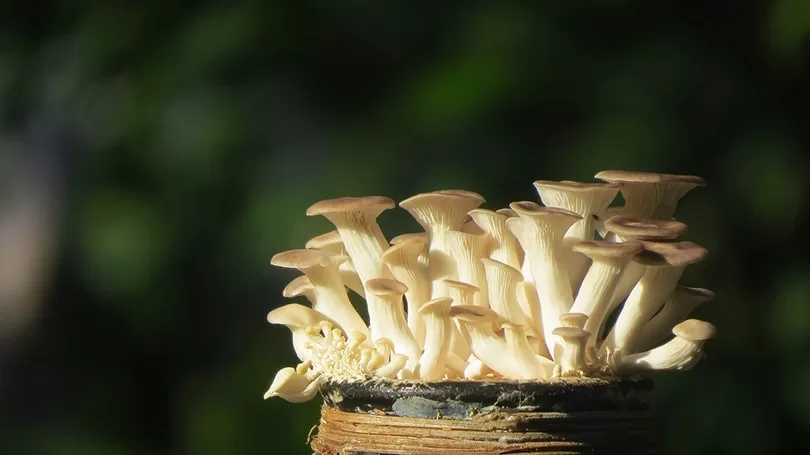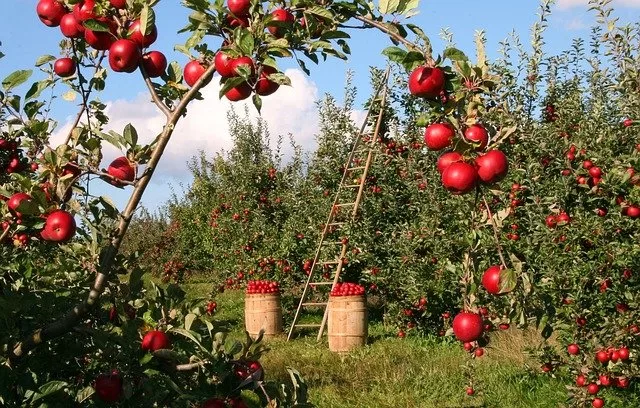If you are a bonsai enthusiast, you know that repotting is an essential aspect of caring for your bonsai. Repotting a ficus bonsai is necessary for its long-term survival and growth. In this comprehensive guide, we will discuss the basics of repotting, preparing your ficus bonsai for repotting, how to repot your ficus bonsai, and caring for your repotted ficus bonsai.
Understanding the Basics of Repotting a Ficus Bonsai
When it comes to repotting a ficus bonsai, timing is crucial. You should repot your bonsai every two to three years. The best time to repot is in the spring or early summer, just as the tree begins its new growth. It is also important to choose the right soil and pot size for your bonsai. Use a well-draining bonsai soil mix that contains a mix of inorganic and organic materials such as akadama, pumice, and lava rock. The pot size should be just slightly larger than the root ball of your bonsai.
Tools that you will need for repotting your ficus bonsai include a bonsai pot, bonsai soil, bonsai scissors or shears, chopsticks or a root hook, and a watering can or hose.
Preparing Your Ficus Bonsai for Repotting
Before repotting your ficus bonsai, you must prepare it by inspecting the roots, pruning, and cleaning the root ball. Start by removing the bonsai from its current pot and inspecting the roots. Look for any signs of damage or disease, such as rotting or blackened roots. Cut away any damaged or unhealthy roots with bonsai scissors or shears.
Next, clean the root ball by removing all the old soil from the roots. Be careful not to damage the roots in the process. If the root ball is tightly packed, use a chopstick or root hook to gently loosen the roots.
Pruning is another essential step in preparing your ficus bonsai for repotting. Remove any dead or unhealthy branches, and prune back the roots to about one-third of their original length. This will encourage new root growth and help your bonsai to establish itself in its new pot.
Repotting Your Ficus Bonsai
Now that you have prepared your ficus bonsai, it’s time to repot it. Start by placing a layer of soil at the bottom of the new pot. Place your bonsai in the pot and position it so that the tree is upright and centered in the pot. Fill the pot with soil, working the soil around the roots with your fingers or a chopstick to eliminate any air pockets.
Once you have filled the pot with soil, water the bonsai thoroughly. Keep watering until water starts to drain from the bottom of the pot. This will ensure that the soil is evenly moist and that the tree’s roots are fully hydrated.
Caring for Your Repotted Ficus Bonsai
After repotting your ficus bonsai, you must take care of it properly. Here are some tips to help you care for your repotted bonsai:
- Watering: Water your bonsai regularly, ensuring that the soil remains moist but not waterlogged. Watering needs may vary depending on the season, the temperature, and the humidity levels in your home. It’s always better to underwater than overwater.
- Fertilizing: Fertilize your bonsai every two to three weeks during the growing season. Use a balanced fertilizer with a 10-10-10 or 12-12-12 NPK ratio.
Repotting Your Ficus Bonsai
Now that you have prepared your ficus bonsai for repotting, it’s time to actually repot the tree. Follow these step-by-step instructions to ensure a successful repotting:
Step 1: Place the Bonsai in the New Pot Choose a pot that is slightly larger than the previous pot to allow room for growth. Place a layer of soil in the bottom of the pot to provide a foundation for the tree. Then, carefully position the tree in the pot, making sure it is centered and straight.
Step 2: Fill in the Soil Fill in the rest of the pot with soil, making sure to distribute it evenly around the roots. Tamp the soil down gently with your fingers or a small stick to remove any air pockets.
Step 3: Water the Bonsai Water the bonsai thoroughly, allowing the water to drain out the bottom of the pot. Watering will help settle the soil and encourage root growth. Be sure not to overwater the bonsai, as this can lead to root rot and other issues.
Step 4: Add a Layer of Mulch Once the bonsai has been watered, add a layer of mulch to the top of the soil. This will help retain moisture and protect the roots from extreme temperatures.
Step 5: Prune the Bonsai After repotting, it’s a good idea to prune your ficus bonsai to encourage new growth and maintain its shape. Use a pair of bonsai pruning shears to carefully trim away any dead or damaged branches, as well as any shoots that are growing in the wrong direction. Be sure to leave some foliage on the tree to help it recover from the repotting process.
Caring for Your Repotted Ficus Bonsai
Once you have repotted your ficus bonsai, it’s important to provide the proper care to ensure its long-term health and survival. Follow these tips to care for your repotted bonsai:
- Monitor the Health of Your Bonsai Check your bonsai regularly for signs of stress or disease. If you notice any yellowing or wilting leaves, this may indicate that the bonsai is not getting enough water or nutrients. If you notice any unusual growths or discoloration, this may indicate a fungal or bacterial infection.
- Water Your Bonsai Regularly Water your bonsai regularly, taking care not to overwater or underwater it. The amount of water your bonsai needs will depend on factors such as its size, the type of soil it is planted in, and the environment it is in. As a general rule, water your bonsai when the top inch of soil feels dry to the touch.
- Fertilize Your Bonsai Fertilize your bonsai regularly to provide it with the nutrients it needs to grow and thrive. Use a balanced fertilizer that is specifically designed for bonsai trees, and follow the instructions carefully. Be sure not to overfertilize, as this can lead to nutrient burn and other issues.
- Prune and Shape Your Bonsai Regular pruning and shaping will help keep your bonsai healthy and attractive. Use bonsai pruning shears to carefully trim away any dead or damaged branches, as well as any shoots that are growing in the wrong direction. Be sure to leave some foliage on the tree to help it recover from the repotting process.
Repotting your ficus bonsai is an important part of bonsai care. By understanding the basics of repotting, preparing your bonsai for repotting, and following the proper steps for repotting, you can ensure the long-term






